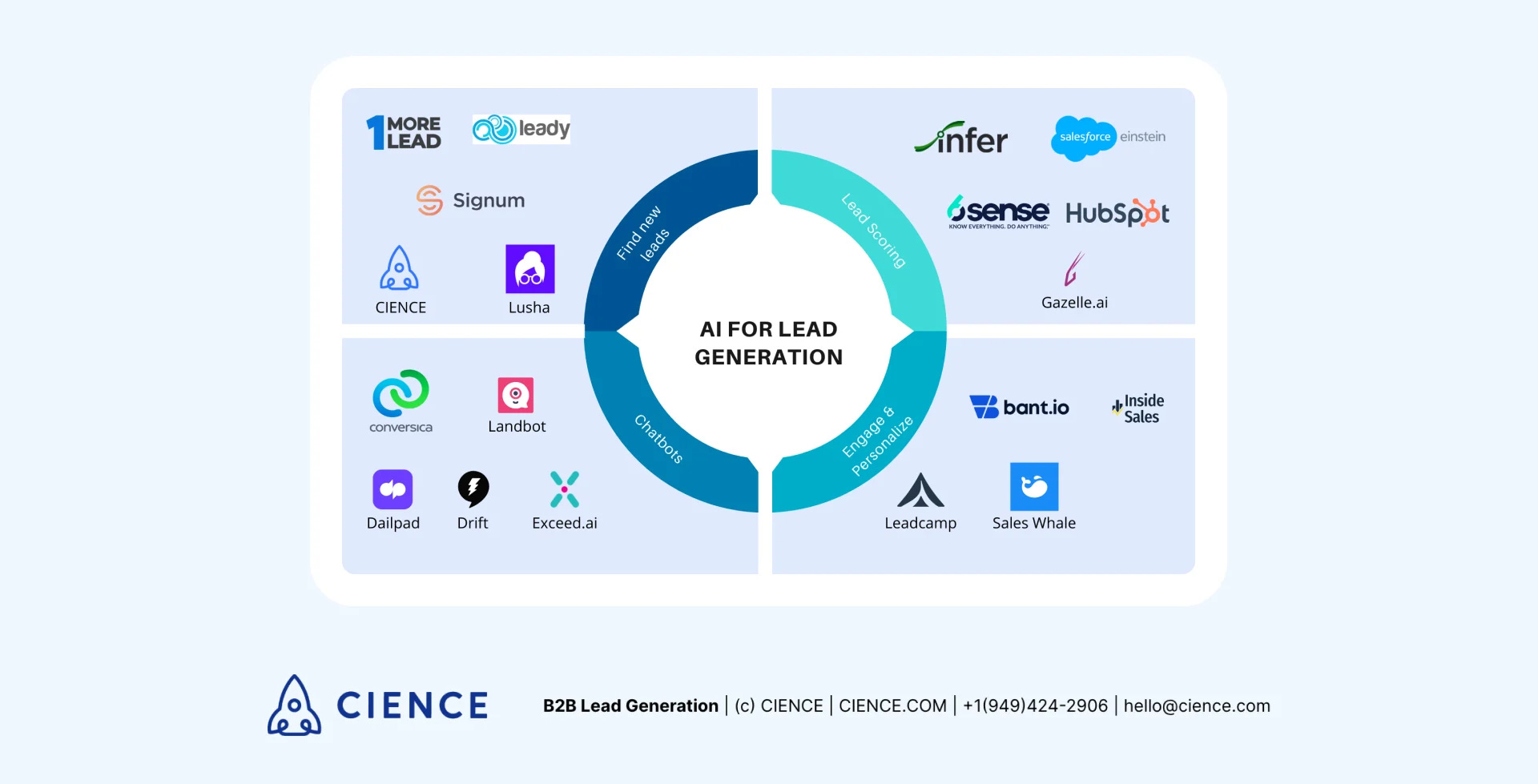Listen on Apple and Spotify
Interview with Jonathan Khorsandi, CEO of Diwy.eu
In Episode 13 of “The AI Optimist,” we interview Jonathan Khorsandi, CEO of Diwy.eu, exploring the transformative power of AI in B2B lead generation.
Adding Personal Touch: Jonathan’s approach to understanding ICPs (Ideal Customer Profiles) shows how combining AI with a human touch improves results.
By knowing companies’ challenges, lead campaigns adapting to different customer profiles often increase conversion rates.
Interview Highlights:
Jonathan uses an “octopus-like” AI system, reaching out to 40 resources. Combined with machine learning, this AI automates and gathers relevant data for targeted lead generation.
He underlines the importance of understanding Ideal Customer Profiles (ICPs) and creating proper email campaigns for them. Using AI, Jonathan crafts precise email prompts addressing the specific needs of each ICP.
We discuss the myth that AI will replace jobs. Jonathan believes AI will impact many roles but can’t replace the human element in B2B sales, especially empathy and intimacy.
We focus on the importance of common sense in B2B marketing. Regardless of AI’s capabilities, a marketer’s intuition remains essential.
Declan highlighted an example of a window tinting company adapting to a new ICP. Using AI, they discover a new customer segment: parents wanting to protect their kids from UV rays. This realization radically improves their business.
AI helps identify public email records like DKIM, SPF, and DMARC, shedding light on a company’s email awareness and deliverability. With this knowledge, businesses can fine-tune their email campaigns.
4 Powers of AI in B2B: A Comprehensive Look
Article: AI is used in marketing by two thirds of B2B orgs, Forrester finds
1. Targeting:
Details:
AI’s algorithms analyze datasets, drawing patterns and insights about potential clients. It allows businesses to segment markets efficiently and zero in on the most promising leads.
While traditional methods cast a wide net hoping to catch something, AI allows businesses to use a precision spear to target specific customers.
Example: A tech startup wanting to target businesses seeking cloud-based solutions uses AI to sift through online behaviors, forum discussions, and social media mentions. Now, they can focus their resources on leads more likely to convert.
2. Personalization:
Details: AI helps craft unique, tailored messages for each prospect, enhancing engagement. AI predicts what content resonates best with each lead by analyzing online behaviors, past purchases, and interactions with emails.
Example: An e-commerce platform determining through AI that a specific business frequently orders office supplies in bulk every three months and sends them personalized reminders with special bulk-purchase discounts.
3. Marketing Automation:
Details: Beyond automating repetitive tasks, AI-powered marketing automation systems adapt and optimize campaigns in real time. They adjust email send times, content displayed on websites, and ad budgets based on ongoing performance metrics.
Example: An online course provider using AI automatically sends follow-up emails to visitors who abandon their shopping carts, offering exclusive discounts and addressing common pre-purchase concerns.
4. Chatbots:
Details: AI-powered chatbots offer instant, 24/7 customer service. They handle everything from answering frequently asked questions to guiding leads through a sales funnel. Chatbots continually learn from interactions, refining responses over time.
Example: A B2B SaaS company employs an AI chatbot on its website. When someone visits, the chatbot immediately engages, asking about specific needs and offering real-time product demos or connecting them to a sales rep.
Pros:
Enables hyper-targeted marketing.
Enhances personalization, resulting in higher engagement.
Automates mundane tasks, freeing human resources for more strategic work.
Cons:
Risk of over-reliance, potentially dismissing human intuition.
Misuse might lead to overly aggressive campaigns and annoying prospects.
How Artificial Intelligence Can Transform B2B Marketing by Cience
Step-by-Step AI B2B Guide:
How can small businesses with limited resources effectively incorporate AI into their B2B marketing?
Incorporating AI into B2B marketing for small businesses doesn’t require large budgets or a team of data scientists.
Businesses with limited resources can harness the power of AI with a strategic approach.
1. Start Small:
Instead of a full-fledged AI integration, focus on improving specific tasks or processes.
Example: Use simple AI chatbots for customer support and automate email campaigns for lead nurturing.
2. Use Cloud-Based AI Tools:
Numerous SaaS platforms offer AI capabilities that don’t require a complex setup. These are subscription-based and scalable.
Example: Platforms like Mailchimp offer AI-driven email marketing, while tools like HubSpot integrate AI for better lead scoring.
3. Leverage Free or Low-Cost Resources:
Many open-source tools and platforms provide AI. Train yourself with these resources.
Example: Google’s AutoML allows businesses to build custom machine learning models based on their data without needing expertise.
4. Focus on Data Collection:
AI thrives on data. Collect relevant data on your customers, website visitors, and sales patterns. Basic analytics provide valuable insights.
Example: Use Google Analytics to gather data on website traffic and behavior and CRM tools to collect sales and lead data.
5. Collaborate and Partner:
Partner with tech startups or universities looking for real-world applications of their AI research.
Example: A startup provides its AI-driven customer segmentation tool at a discounted rate for feedback and case studies.
6. Educate and Upskill:
Invest in AI courses or hands-on workshops. Understanding AI basics helps you make informed choices.
Example: Online platforms like Coursera or LinkedIn offer courses on AI for non-technical people.
7. Experiment and Iterate:
In marketing, AI is all about testing and refining. Conduct small experiments, measure the results, and iterate.
Example: Try AI-driven A/B testing tools to optimize landing pages; refine based on results.
8. Stay Updated:
AI is rapidly evolving. Regularly read articles, attend webinars, and join AI-focused community groups to keep updated.
Example: Join AI in Marketing communities on LinkedIn or Facebook to share experiences and learn from peers.
Small Business and the AI Advantage:
Even with limited resources, small businesses effectively use AI in B2B marketing.
Starting small, prioritizing data, and continuously learning are crucial.
Collaboration and leveraging free or low-cost tools help achieve results without breaking the bank.
Final Thoughts
While AI offers unparalleled tools for understanding and reaching potential clients, the heart of B2B marketing remains in human connection and common sense.
Companies balancing AI’s power and maintaining the human element will stand out in the crowded B2B marketplace.
Key Takeaways:
In B2B lead generation, AI offers precise targeting and personalization.
Understanding ICPs is crucial for effective campaigns.
Despite AI’s prowess, the human touch in B2B sales and marketing remains essential.
References:














